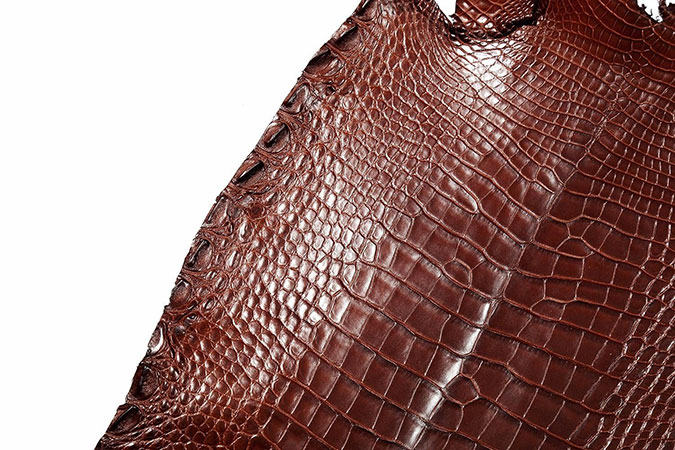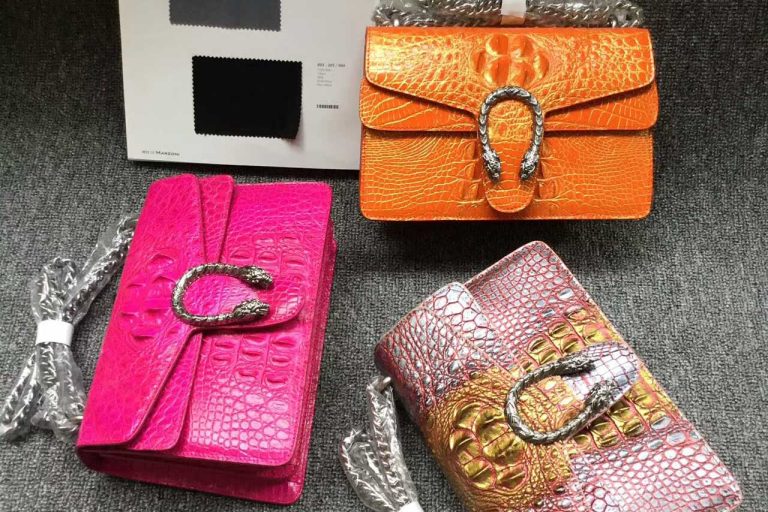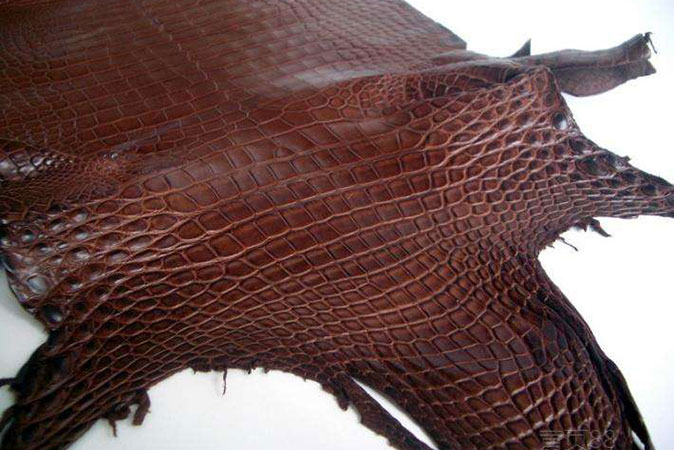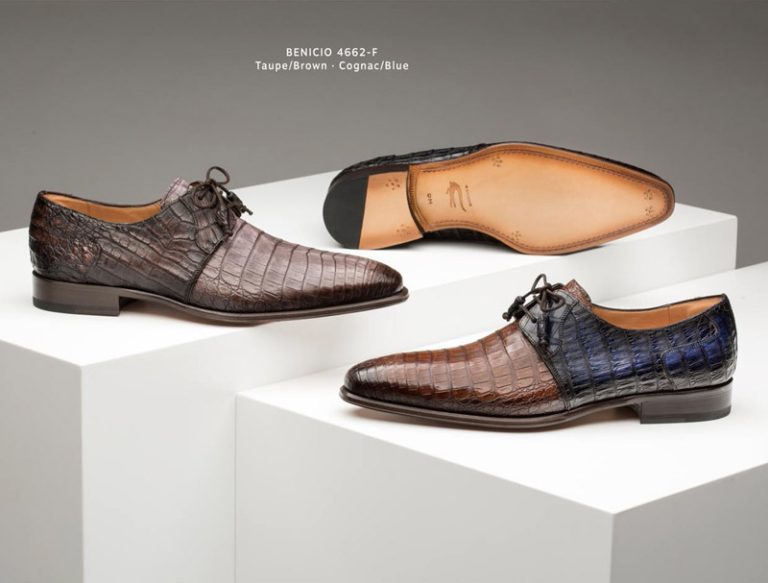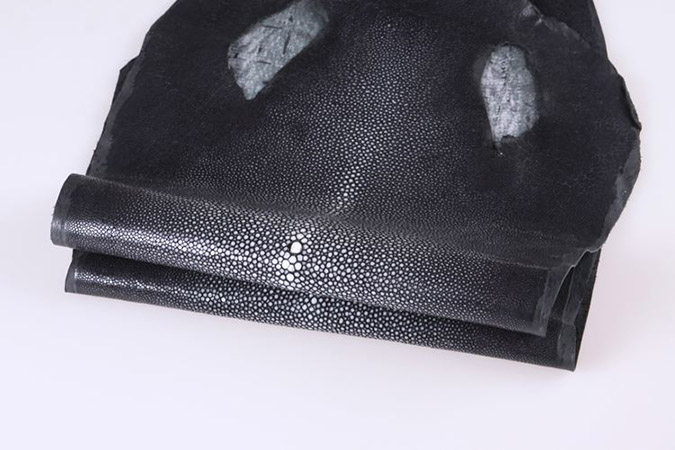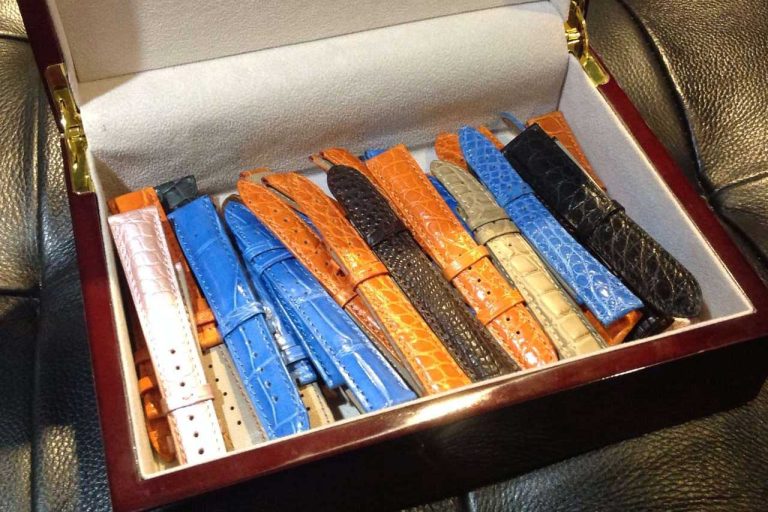The same goes for crocodile skin and diamonds. Their differences in size, color, and origin determine their disparate values. Let’s start with the best grades of crocodile.
Porosus is the finest grade of crocodile skin. Porosus is called the Gulf crocodile and is the largest species of crocodile. The skins are of the best quality and have the highest value. The leather pattern is uniform and neat, and tiny pores can be seen if you look carefully. Porosus are rare on the market as well. LANA MARKS’ POSITANO three-color bag is made of the belly skin of Porosus crocodile.
Crocodile is the second grade of premium crocodile leather. Crocodile has the best leather from the Americas and Africa, especially the Nile crocodile. Their abdomens have fine and even squares, with stomata as thin as needle tips, and the ventral sides extend into a circle.
Alligator is the third level of crocodile skin. Alligator is called an alligator, and its leather is slightly inferior to that of Crocodile. The American Mississippi alligator is the most famous. It is not as shiny as Crocodile and has no pores. But it is also very popular because of its full leather and rich patterns. Especially suitable for mature and stable men’s briefcase.
All grades of crocodile skin are best on the belly, second on the ventral side, and worst on the back and tail.
Belly skin: all regular squares, the softest to the touch. Porosus and Crocodile have visible stomata in their abdominal skin, while Alligator has no stomata.
Ventral side: Still soft to the touch, the pattern changes from square to round. The price is cheaper than belly leather, and it is still the most commonly used part of luxury handbags.
To sum up, for both crocodile skins, choosing the best grade only needs to consider four factors: soft feel, uniform and symmetrical checkered pattern, fine pores and soft luster.

